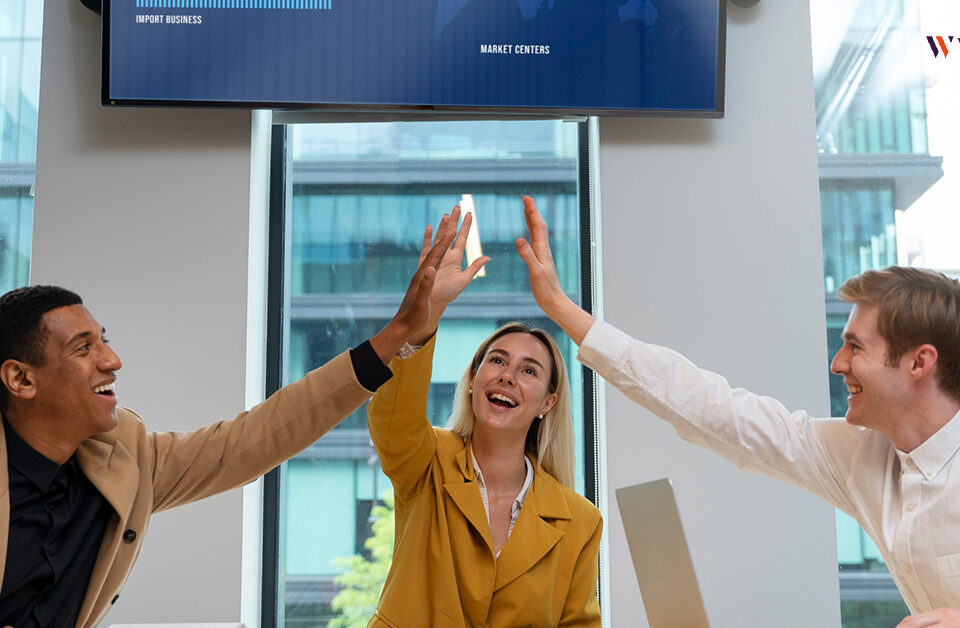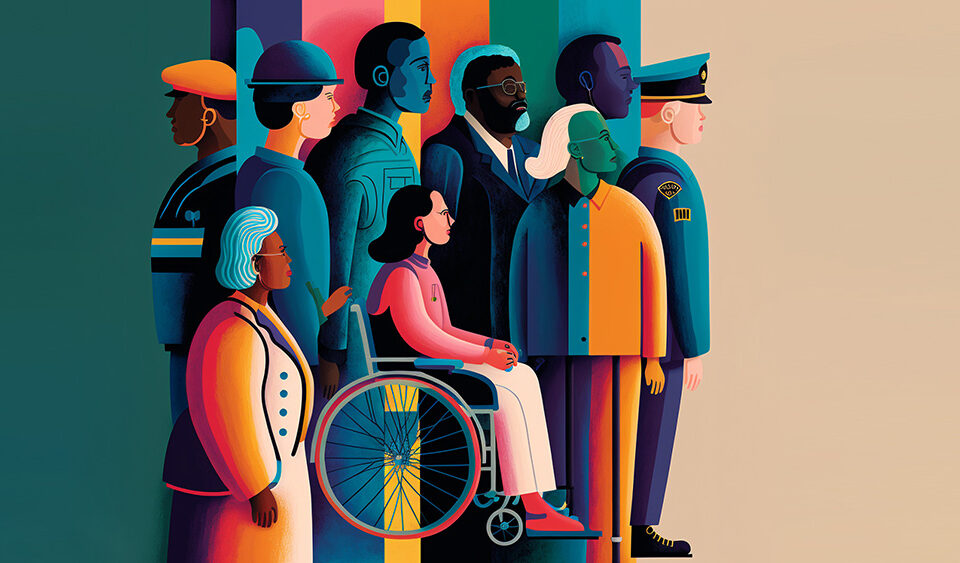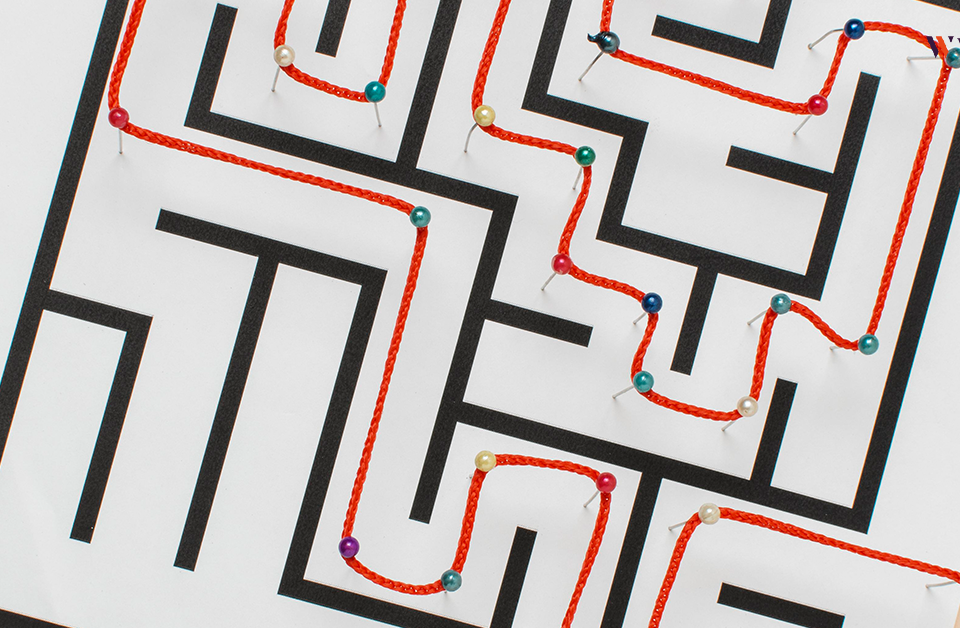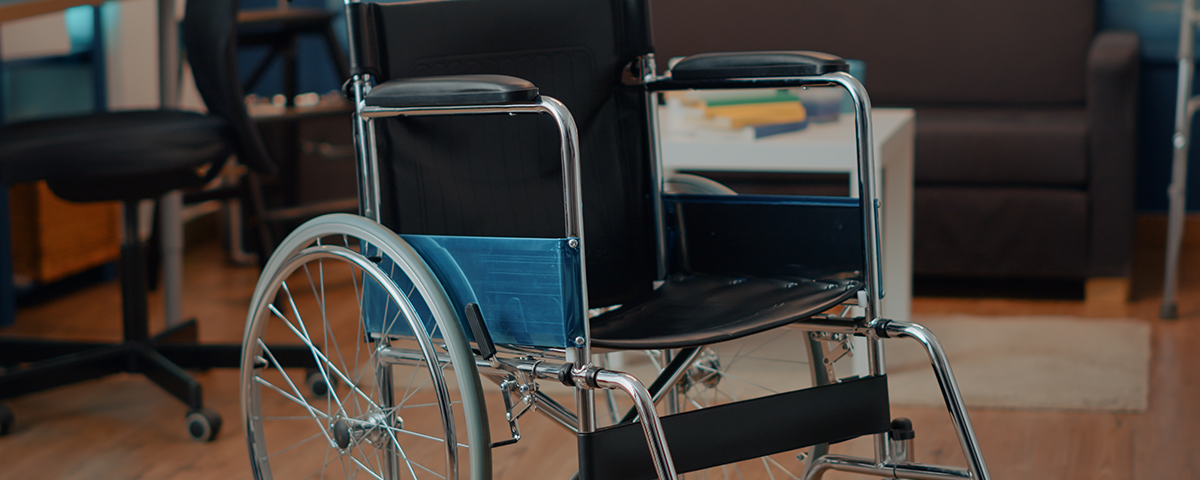
Disability is a natural part of the human experience. There are a million + 1 reasons why people have one or another form of disability. This could be environmental, genetic, accidental or due to a malformation during birth. In all of these cases the individual does not purposely seek out ways to get themselves hurt, all of these scenarios are beyond the individuals control. It’s either they are born the way they are, or they are survivors of some accident that has rendered them mildly incapable in some aspect of life. Disabilities fall in two major categories; physical and mental/personality. Physical disabilities are simply ailments or physical restrictions that an individual suffers; it could stem from genetics, environment or an accident. Their physical restrictions are open for everyone to see. The mental/personality disabilities exist on an expansive spectrum and while some can affect the physical disposition of a person, the others largely affect how they interact socially.
According to a WHO report in 2022, 1 out of 8 persons suffers a mental disorder in one way or the other and have to take medication to reduce the effect of those mental disorders. Disability is an open topic. We have established the individual is a victim of the tortures of living with disability yet misconceptions and stereotypes surrounding it persist in society. These misconceptions not only create unnecessary barriers for individuals with disabilities but also perpetuate a lack of understanding and inclusion. By challenging these misconceptions and embracing diversity, we can create a more equitable and accessible world for all.
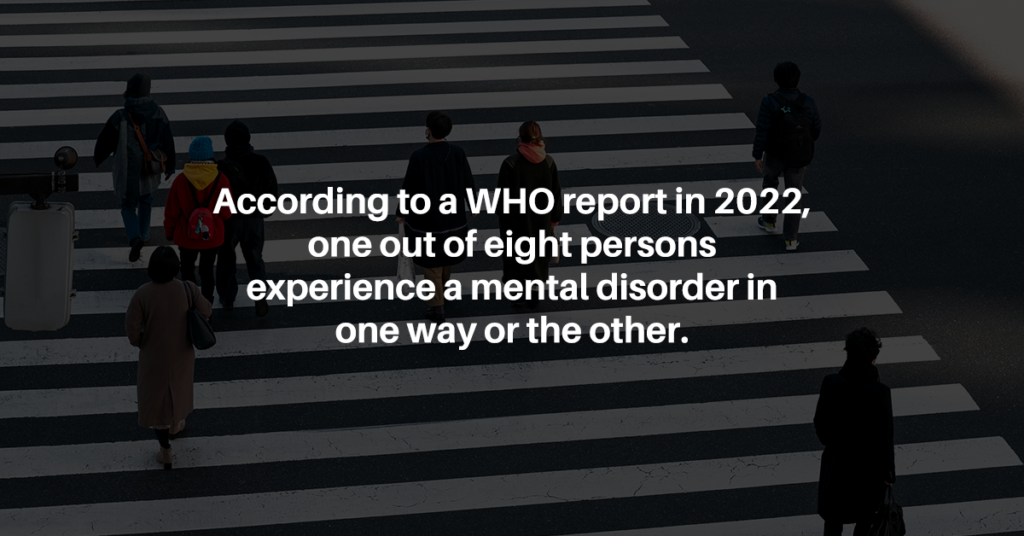
Misconception 1: Disability = Wheelchair Use
One of the most prevalent misconceptions is that disability is synonymous with wheelchair use. In reality, only 8% of people with disabilities use wheelchairs. Disability encompasses a wide range of conditions, many of which are invisible, such as visual and auditory impairments, autism, chronic pain, and mental health conditions. By recognizing the diversity within the disability community, we can avoid making assumptions and provide appropriate support and accommodations.
Misconception 2: People with Disabilities Can’t Have Relationships or Lead Normal Lives
Another damaging misconception is the idea that individuals with disabilities are incapable of having romantic relationships, leading fulfilling lives, or contributing to society. In reality, people with disabilities are parents, lovers, productive employees, students, and active members of their communities. While they may face unique challenges, they are perfectly capable of living normal, happy lives.
Misconception 3: People with Disabilities Are Burdens on Society
Some believe that individuals with disabilities are a burden on society and require constant care and support. However, this overlooks the many contributions and achievements of people with disabilities throughout history and in contemporary times. From artists and scientists to entrepreneurs and advocates, people with disabilities have made significant impacts in various fields. By recognizing their potential and providing equal opportunities, we can benefit from their unique perspectives and problem-solving ability.
Misconception 4: Disabilities Are Curable with Positive Thinking or Alternative Treatments
The idea that disabilities can be cured through positive thinking, hard work, or alternative treatments is a misconception that can be harmful and invalidating. While a positive attitude and healthy lifestyle are important, they do not negate the reality of living with a disability. Disabilities are often chronic conditions that require ongoing management and accommodations. By understanding the limitations of these “cures,” we can provide more realistic support and avoid placing unrealistic expectations on individuals with disabilities.
Breaking Down Barriers Through Education and Inclusion
To overcome these misconceptions and create a more inclusive society, we must prioritize education and exposure. By learning about the experiences of individuals with disabilities through their own voices and stories, we can gain a better understanding of their unique challenges and perspectives. Schools can have ASL (American sign language), Braille courses in their curriculum so that armed with that knowledge, children may develop empathy and understanding as well as be able to serve when they see deaf people or individuals living with one or another impairment. Engaging with the disability community, reading disability-focused media, and supporting inclusive policies and practices are all ways to challenge our own biases and promote understanding.
Breaking down barriers through inclusion in the workplace
One of the major problems for talents with disabilities is finding employment. This is because employers/hiring teams do not see the talent, only the disability. This is a very narrow worldview as individuals with disability are just as intelligent, efficient and capable as persons without. If employers and hiring teams could simply look past the person’s disability and hire based on qualifications and capability, that would change how society views people living with disability.
Additionally, fostering inclusive environments in schools, workplaces, and public spaces is crucial. By providing accessible facilities, offering accommodations, and promoting diversity and inclusion, we can create a society where individuals with disabilities can thrive and contribute to their full potential. Being mindful of people with disabilities in societies helps in building infrastructure that accommodates the unique needs of people with disabilities.
Myths and misconceptions about disability are common. These incorrect assumptions are often triggered by fear, lack of understanding and/or prejudice. Promoting negative images of disability is a form of discrimination because it creates barriers to full citizenship for people who have a disability. Overcoming misconceptions about disability requires a collective effort to educate ourselves, challenge our biases, and create inclusive environments. By recognizing the diversity within the disability community, celebrating their achievements, and providing equal opportunities, we can break down barriers and build a more equitable world for all. Remember, disability is a natural part of the human experience, and embracing diversity is the key to creating a richer, more vibrant society.

